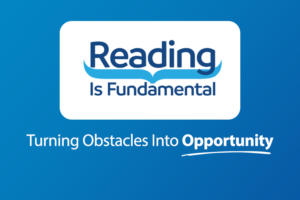Sarah Ford | January 28, 2014
Income Gap Widens In D.C., Maryland, Virginia Reading Scores
Source: WAMU 88.5
Maryland and Virginia are two of eight states, along with the District, where there are gaps of 34 percentage points or more in reading test scores between children from low income and higher income families. That’s according to a new report from the Annie E. Casey Foundation.
Reading at the end of the third grade is considered a “key” milestone for children — it’s when educators say students stop learning to read and start reading to learn. Research shows children who read at grade level by the end of the third grade are more likely to graduate from high school.
“Third grade reading and math is a huge predictor of high school graduation rates and how they do if they graduate, how they do in the workforce,” says HyeSook Chung, with DC Action for Children.
Approximately 60 percent of fourth graders from higher income families in Maryland, Virginia and D.C. are reading at grade level. That compares with 24 percent of low income children in Maryland, 21 percent in Virginia and 13 percent in D.C. who are reading at grade level. The gap between high and low income students in D.C. is the highest in the nation.
Get Resources and Insights Straight To Your Inbox
Explore More Articles
Workplace Fundraising + Volunteering Summit (April 2nd and 3rd, 2025)
Join us in attending this virtual summit! The America’s Charities team is joining up with other leading voices in the workplace giving space for a…
Read ArticleThe Time to Act is Now
The results of the 2024 National Assessment of Educational Progress (NAEP) are in, and the findings are, in a word, heartbreaking. This assessment serves as…
Read ArticleOpen Position: Non-Profit Account Manager, Employee Assistance Funds & Scholarships (Remote – Full Time)
We are professional, agile, customer-centric and our goal is to inspire employees and organizations to support causes they care about. We help nonprofits fundraise unrestricted,…
Read ArticleGet Resources and Insights Straight To Your Inbox
Receive our monthly/bi-monthly newsletter filled with information about causes, nonprofit impact, and topics important for corporate social responsibility and employee engagement professionals, including disaster response, workplace giving, matching gifts, employee assistance funds, volunteering, scholarship award program management, grantmaking, and other philanthropic initiatives.




